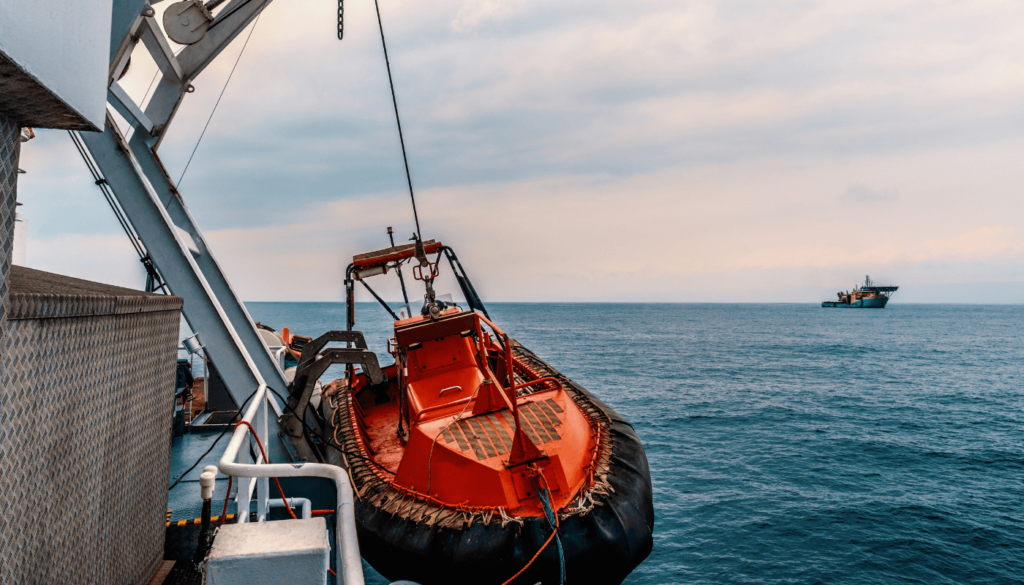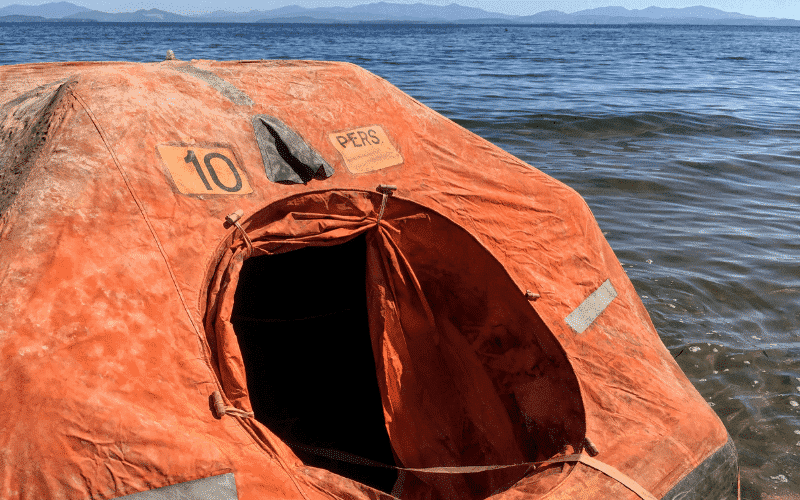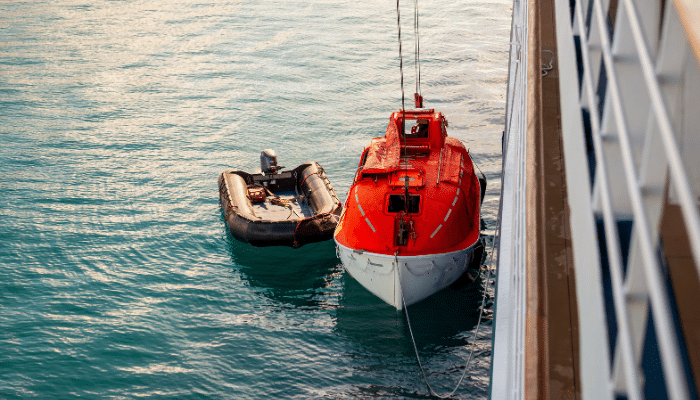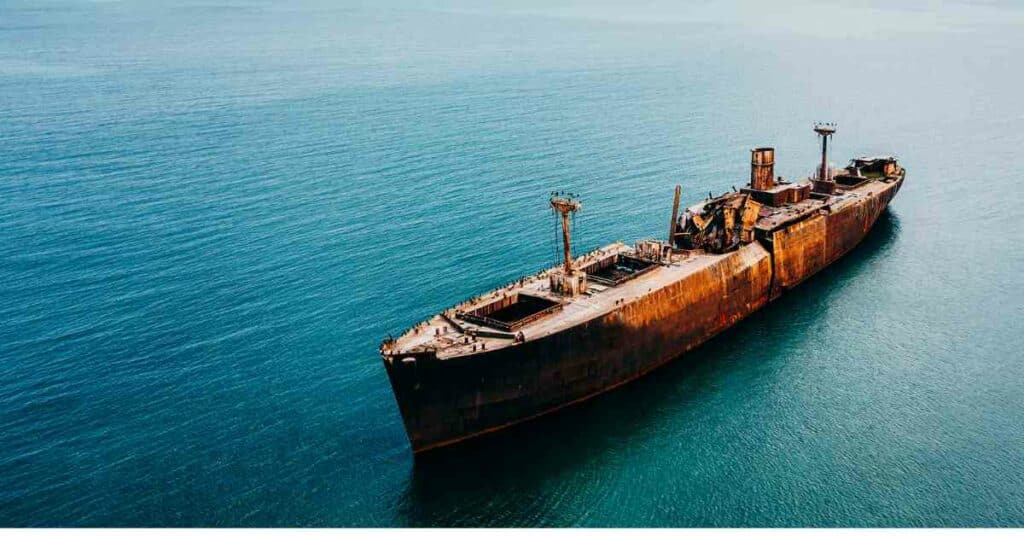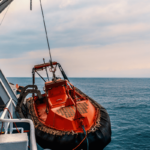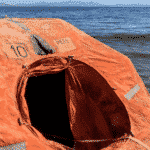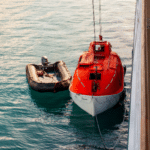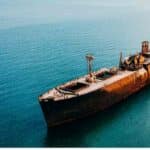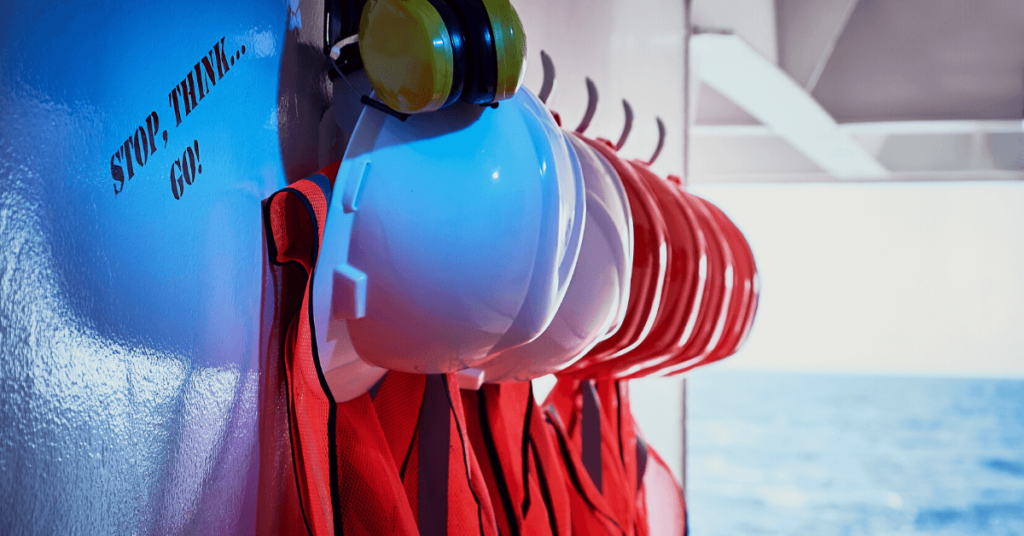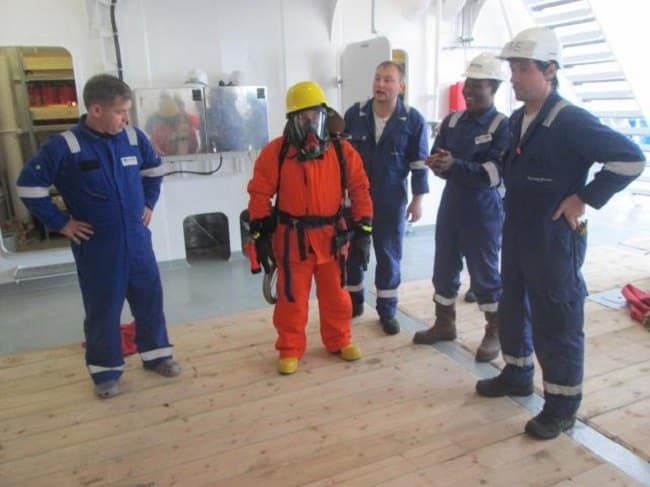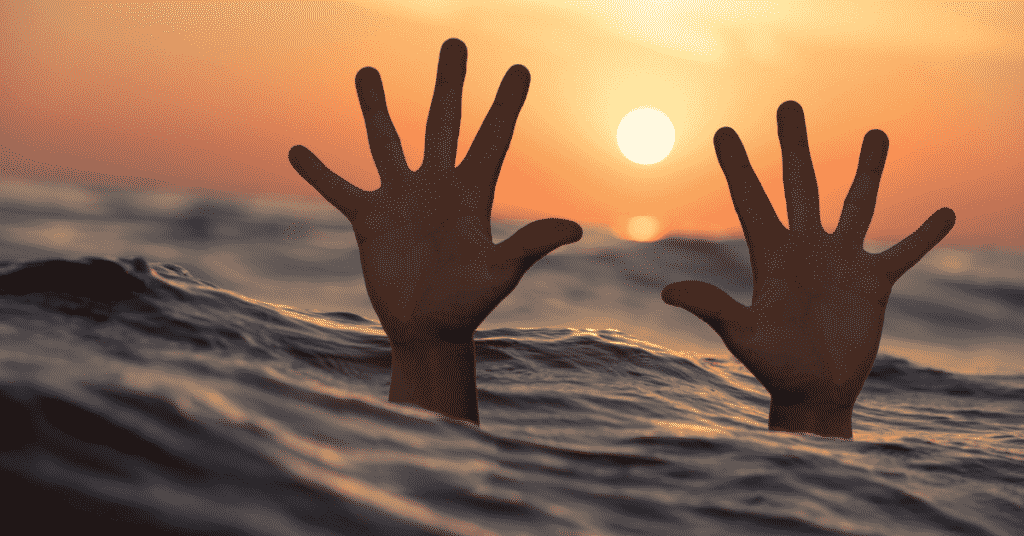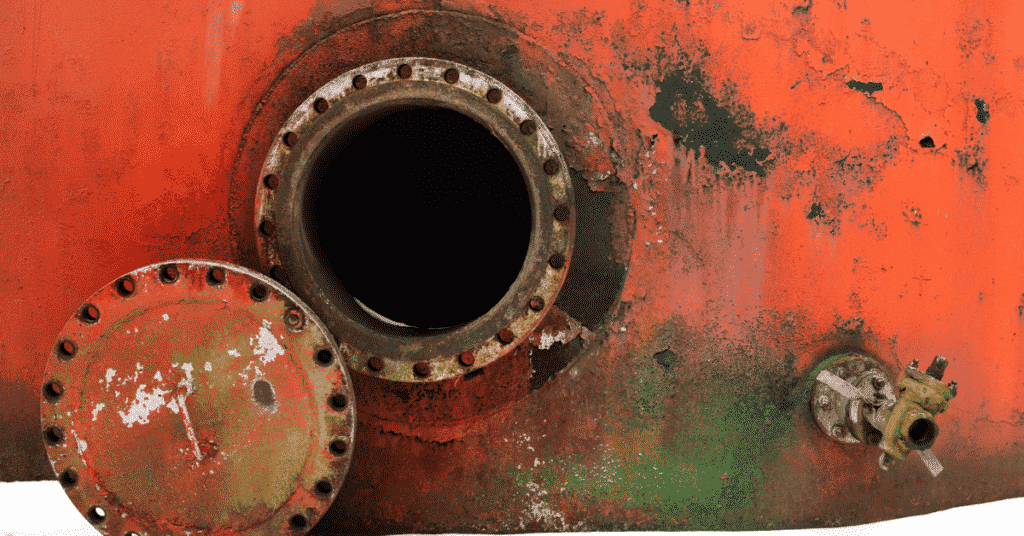Dangers Of Malaria And Dengue to Seafarers
Many of the world’s mosquito species can transmit a number of diseases, of which malaria and dengue are the most common today and the ones most likely to affect seafarers, sometimes with fatal consequences.
Falling ill at sea or at a port far away from home can be a very difficult situation for the seafarer and his/her family and a challenge for the remaining crew and the ship operator. Besides the guidelines and advice on preventive measures available in the International Medical Guide for Ships, published by WHO, the United States Centers for Disease Control and Prevention (CDC, www.cdc.gov), provides general health information to the public. Dedicated pages on malaria and dengue also include links to interactive “health maps” that can be used as a guide for the assessment of malaria and dengue risk throughout the world (malaria: www.cdc.gov/malaria/ dengue: www.cdc.gov/dengue/ )
Recommended precautions
Although the best protection against mosquito-transmitted diseases is to avoid being bitten during a stay in malaria and dengue affected areas, measures implemented prior to and after a stay in such areas can also contribute to reducing the risk of contracting the illnesses. Prior to a stay in malaria and dengue affected areas:
- Evaluate risk in the ports to be visited and remember that the risk of being infected with malaria or dengue varies even between different regions of the same country;
- Assess the length of stay in known risk areas, time spent at sea, in port, on rivers and approved shore leave to be granted to the crew;
- Obtain latest information from the WHO website and similar sources as the types of diseases expected within certain areas may change with the seasons. Contact a local medical practitioner if in doubt;
- Inform the crew about the risks and the precautions to be taken as well as actions to be taken if illness occurs at sea. Stress that a slight headache, fever and flu-like symptoms are always reasons for contacting the ship’s medical officer;
- Evaluate, well in advance of arrival, in close co-operation with a medical doctor and based on the vessel’s expected exposure time in a risk area, if the crew should take an antimalarial drug.
During a stay in malaria and dengue affected areas
1. Implement measures to avoid mosquito bites by ensuring that the crew:
- wear protective clothing when outdoors, e.g. long-sleeved shirts, long trousers tucked into socks and a hat if thin-haired, and bear in mind that dengue-carrying mosquitoes are active during daytime;
- use effective insect repellents on skin and on clothing and reapply at regular intervals as prescribed;
- stay inside air-conditioned or screened areas when indoors or sleep within impregnated bed-nets in sleeping areas not properly screened or air-conditioned;
2. If crew members are taking anti-malarial drugs, implement a method of control to ensure they take the medication at the prescribed times, e.g., a logbook maintained by a responsible officer.
[the_ad id=’172861′]
After sailing from malaria and dengue affected areas
- Seek medical advice over the radio if malaria or dengue is suspected on board;
- Generally, for a ship on normal service, the symptoms will be noticed only at sea due to an incubation period of several days;
- Place the patient under close observation and administer the specified on-board treatment;
- Evacuation may be the only option if the patient’s condition does not improve despite the available care and treatment on board.
The table below summarises the specific features of these two diseases:
Reference & Image Credits: nautinst
Do you have info to share with us ? Suggest a correction
Latest Ship Safety Articles You Would Like:
Subscribe To Our Newsletters
By subscribing, you agree to our Privacy Policy and may receive occasional deal communications; you can unsubscribe anytime.



